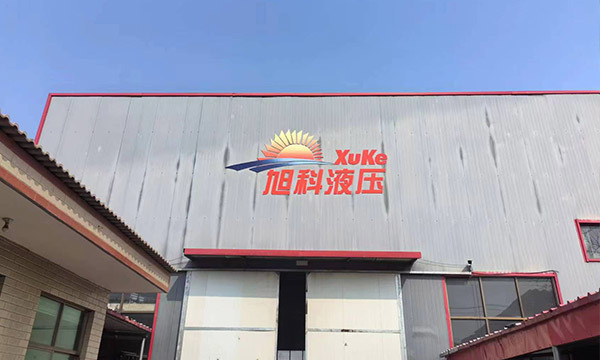The working principle of hydraulic motor
The working principle of the hydraulic motor is mainly based on the conversion process of hydraulic energy into mechanical energy. In particular, the hydraulic motor drives the rotational movement of the external device through the rotation of the rotor. In the hydraulic motor, the liquid is filtered and pressurized under the action of the hydraulic bearing, and then the hydraulic energy is converted into mechanical energy through the rotor. The structure of the hydraulic motor usually includes a rotor, a stator and hydraulic bearings, wherein the rotor is connected to the output shaft of the motor, and the stator constitutes the housing and bearing parts of the motor.
The working principle of the hydraulic motor is similar to that of the hydraulic cylinder, but the main difference between them is that the hydraulic motor converts hydraulic energy into mechanical energy by rotating parts, while the hydraulic cylinder is used to transmit force and motion. The rotor type of the hydraulic motor can be plunger, gear or turbine, and these rotors rotate under the action of fluid power to produce mechanical work.
In the crank connecting rod hydraulic motor, the motor is composed of a housing, a crank-connecting rod-piston assembly, an eccentric shaft and an oil distribution shaft. The pressure oil of the motor is distributed to the corresponding piston cylinder through the distribution shaft channel to push the piston to rotate. Since the orientation of the transition seal interval of the distribution shaft is consistent with the eccentric direction of the crankshaft and rotates at the same time, the oil inlet window of the distribution shaft always faces the oil cylinder on one side of the eccentric line, and the oil suction window faces the other side of the eccentric line. The rest of the oil cylinder. The total output torque is the sum of the torque produced by all the plungers on the center of the crankshaft, which allows the rotational motion to continue.
Key words:
Previous Page
Previous Page:
Recommended News
Specific features of hydraulic motors
2024-03-12
Maintenance Procedures for Hydraulic Motors
2024-03-12
Share

















